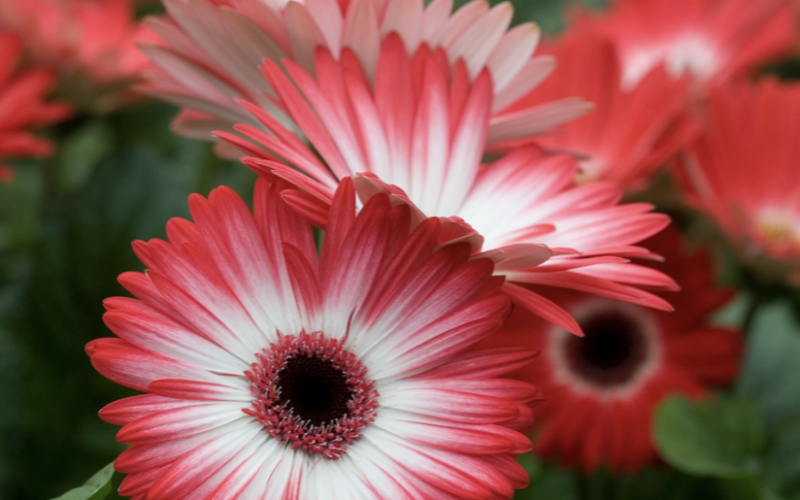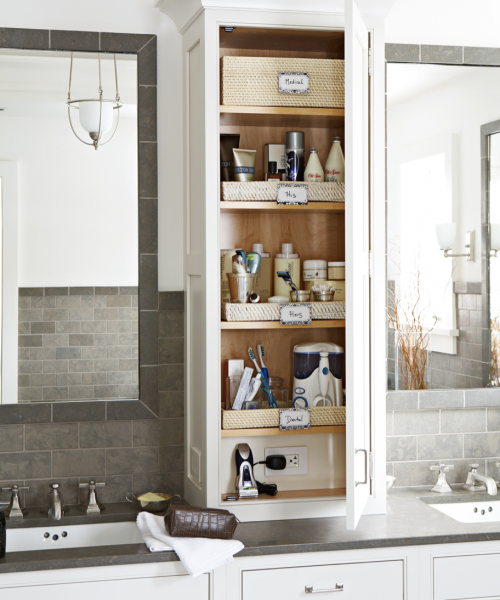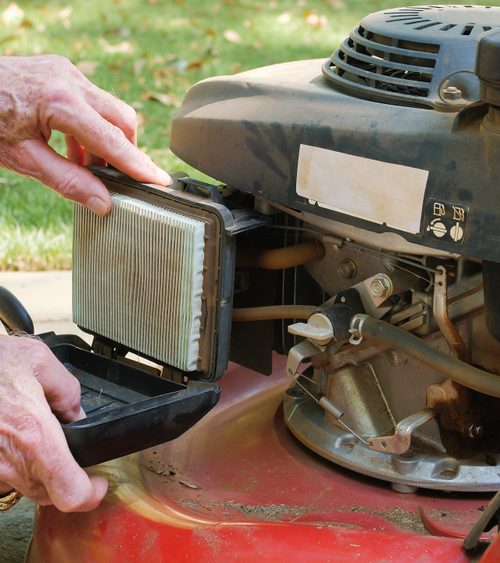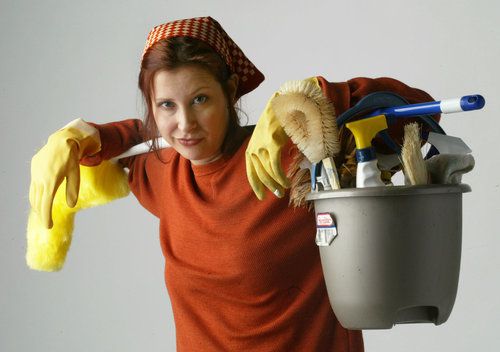By Charlotte Germane | BHG.Com
Troy Warren for CNT #homegarden
These cheery flowers can light up your garden as well as your houseplant collection.
A Gerbera daisy is instantly recognizable for its vivid colors and bold silhouettes. They’re one of the most popular choices for cut flowers in the world, but instead of buying a bouquet, get even more blooms for your buck when you grow them at home. Gerbera daisies, with their bright, bold colors and large size, are like flowery smiles in your garden. The fresh-from-the-paint box colors are simple to combine for maximum impact. Line your paths with their brilliant colors and plant enough to fill vases indoors. If you want to enjoy their beauty for even longer, you can also buy a blooming pot to grow as a houseplant.
Gerbera daisies (Gerbera jamesonii) are tender perennials and will grow year-round in USDA Zones 8-11, but you can enjoy them in the spring and summer in any climate. Whether you grow them outdoors or inside, there are a few tips to follow for daisies that thrive. Make sure you keep water off the leaves (too much wetness makes them more vulnerable to disease), don’t let them get too hot, and cut the flower stems off at the base when the blooms fade.
How to Grow Gerbera Daisies Outdoors
Because they are native to South Africa, Gerbera daisies ($5, Etsy) do best in warmer areas such as California. Good news for cooler climate gardeners is the Garvinea series are hardy perennials that keep coming back year after year in Zones 7-10.
Gerberas like some sun but they’re not cacti; they don’t relish intense heat. Northerners can grow the daisies in full sun if the air temperatures are cool. In a moderate climate, plant the daisies in dappled shade or where they’ll catch morning sun and afternoon shade.
Set the daisies 12 to 18 inches apart to allow the air to flow more around them, making them less likely to get powdery mildew. Plant them well above ground level, so their crowns aren’t as likely to rot. If you have clay soil, opt for showing the daisies off in containers instead of in garden beds. It’s best to avoid dark-colored ceramic containers that will hold the heat and cook the sensitive roots. Depending on the variety, the daisies will grow anywhere from 6 to 18 inches tall, so use them in the front and middle of your flowerbeds or containers.
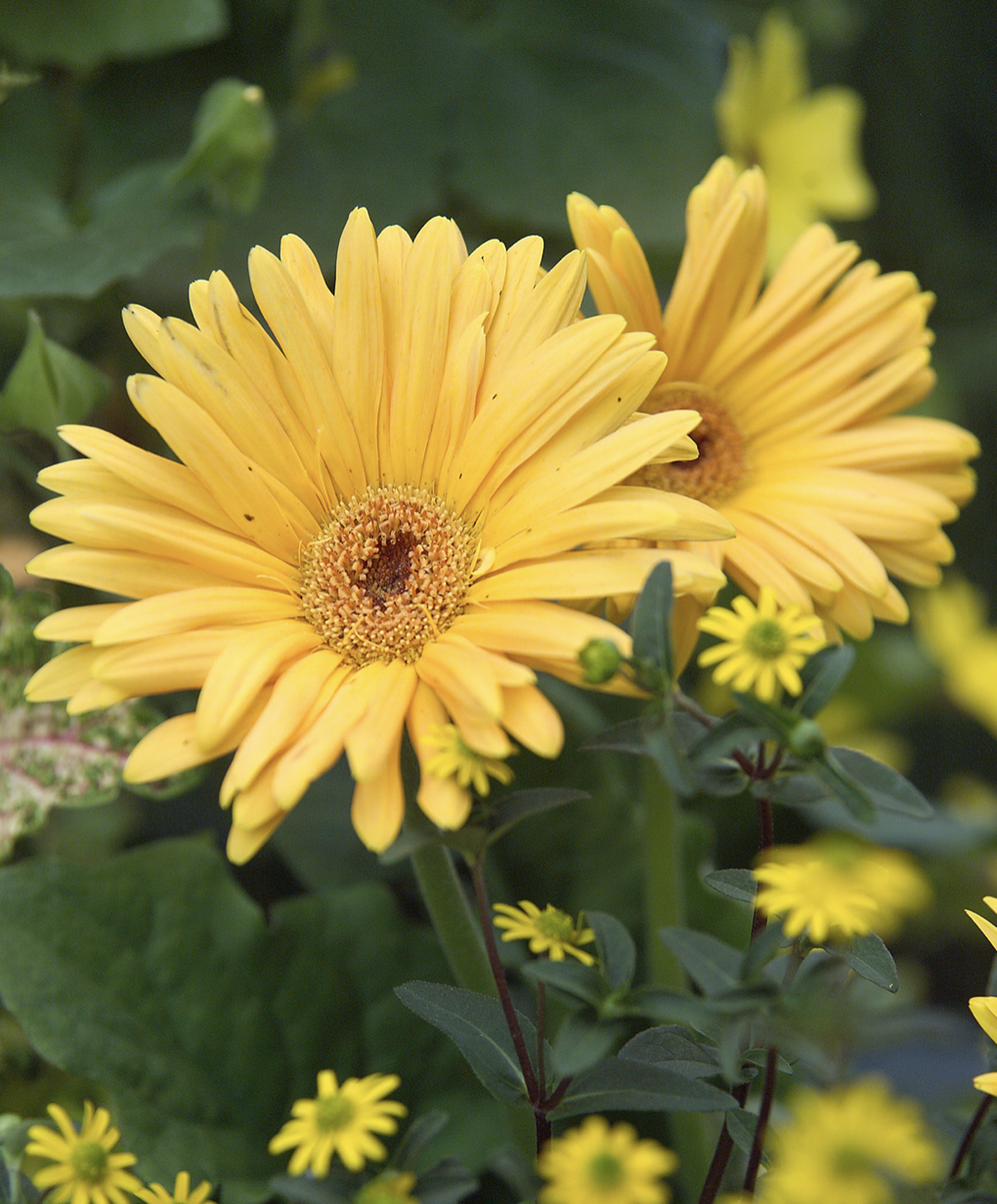
Gerbera daisies like plenty of moisture, but let the top inch dry out before you water again. And water at the ground level, don’t spray them from above; this keeps them safer from leaf fungus. Aphids are the main insect problems but natural predators, like ladybugs, will probably show up to deal with the aphids. If not, use a mild soap spray when the sun is not shining on the leaves.
Blooming is the whole point of Gerbera daisies and fertilizer helps them keep pumping out the flowers. Give them a liquid fertilizer ($8, Lowe’s) every 2 weeks, or mix some slow-release fertilizer into the soil 2 or 3 times in the spring and summer.
How to Grow Gerbera Daisies Indoors
Gerbera daisies won’t make it through an outdoor winter in Zones 7 and colder. Check your zone on the USDA map and bring the containers indoors before the first frost. Nurse them along until the last frost in the spring and then start over again for jolly flowers in the spring and summer. Or grab a pot of flowering daisies from the grocery store and they should bloom for you for about two months.
Keep Gerbera daisies happy indoors with the brightest indirect light near a southern or western window, and a good drink of water as soon as the top inch of the soil is dry. During spring and summer, boost them with liquid houseplant fertilizer ($5, The Home Depot) each month.
In Other NEWS


























